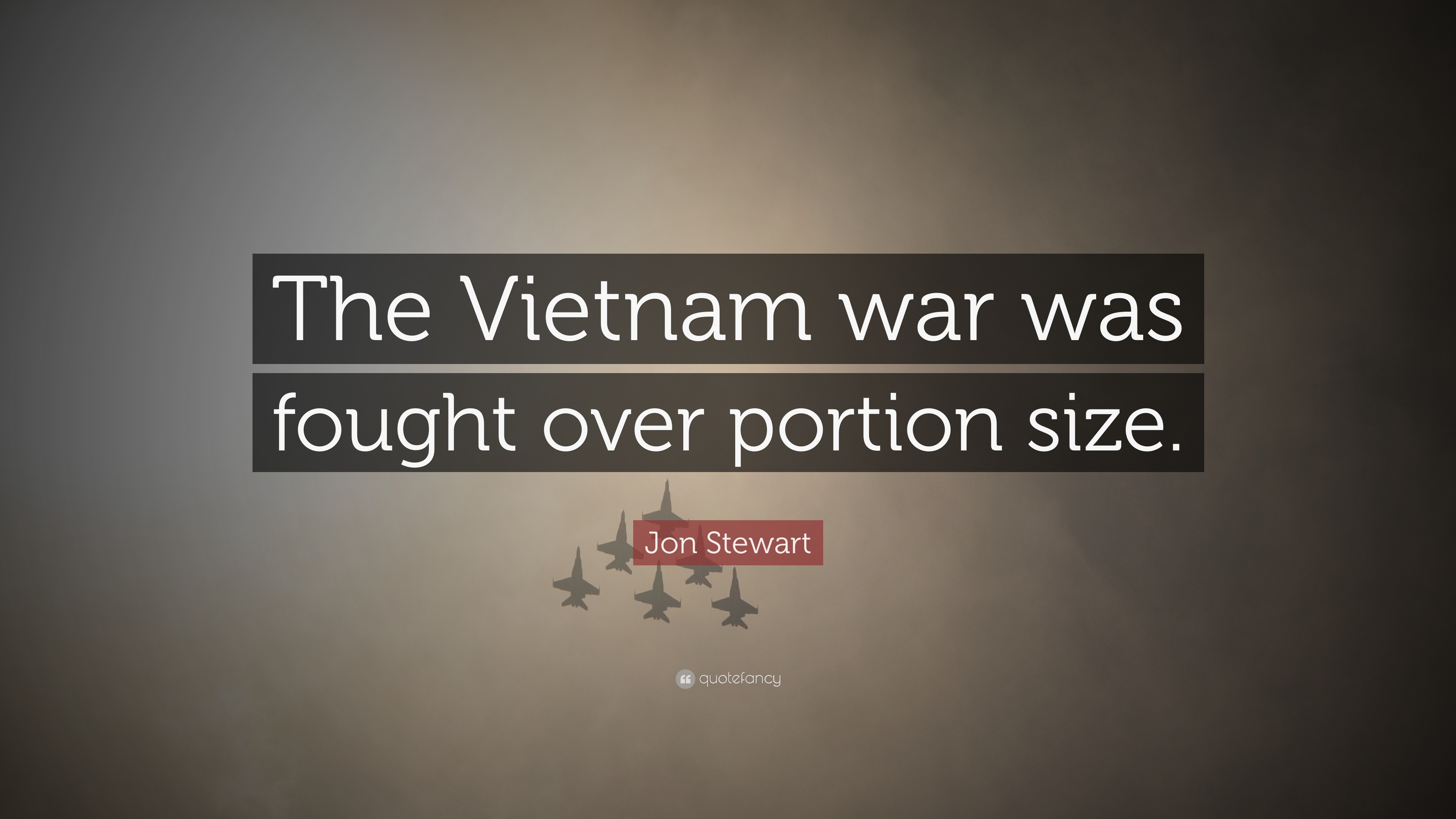
Johnson and General William Westmoreland focused their attention on the defense of Khe Sanh, Giap’s 70,000 poised to begin their true objective: the Tet Offensive. Marine garrison at Khe Sanh, located on the principal road from northern South Vietnam into Laos. On January 21, 1968, PAVN forces began a massive artillery bombardment of the U.S.

In preparation for the planned offensive, Giap and his troops in the People’s Army of Vietnam (PAVN) launched a series of attacks in the fall of 1967 on isolated American garrisons in the highlands of central Vietnam and along the Laotian and Cambodian frontiers. Giap, in coordination with North Vietnamese President Ho Chi Minh, believed that the attacks would cause Army of the Republic of Vietnam (ARVN) forces to collapse and foment discontent and rebellion among the South Vietnamese population.įurthermore, Giap believed the alliance between South Vietnam and the United States was unstable-he hoped the offensive would drive the final wedge between them and convince American leaders to give up their defense of South Vietnam.ĭid you know? In February 1968, in the wake of the Tet Offensive, the respected TV journalist Walter Cronkite, who had been a moderate and balanced observer of the war's progress, announced that it seemed “more certain than ever that the bloody experience of Vietnam is to end in a stalemate.” President Johnson reportedly told an aide, “If I've lost Cronkite, I've lost middle America.” Khe Sanh Attacked In early 1968, however, the North Vietnamese military commander General Vo Nguyen Giap chose January 31 as the occasion for a coordinated offensive of surprise attacks aimed at breaking the stalemate in Vietnam.


 0 kommentar(er)
0 kommentar(er)
